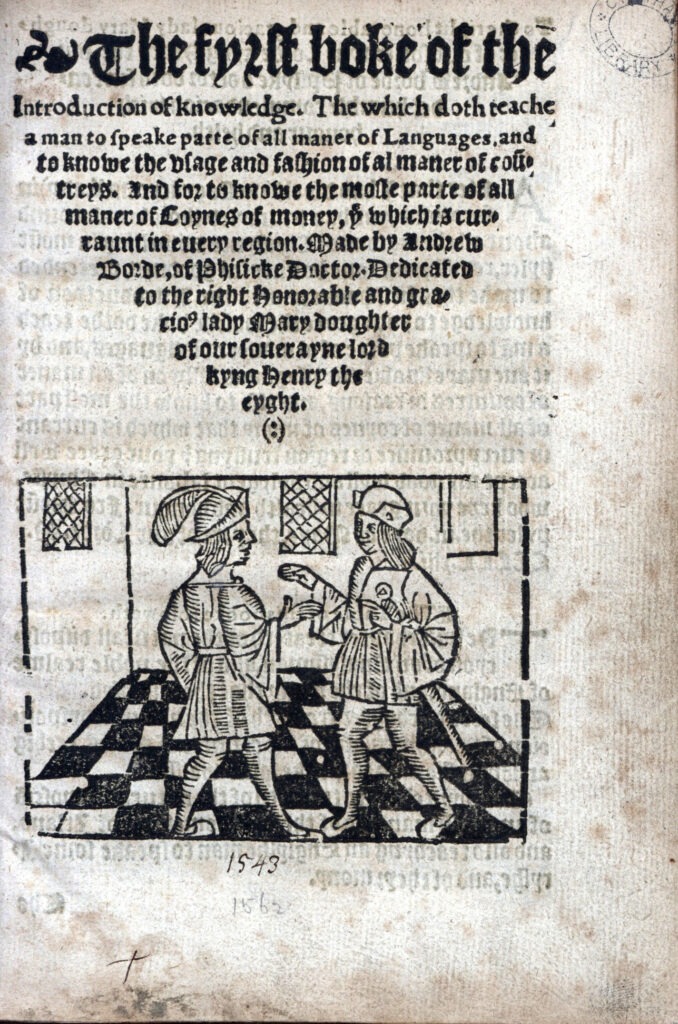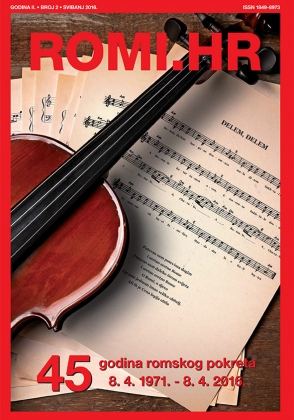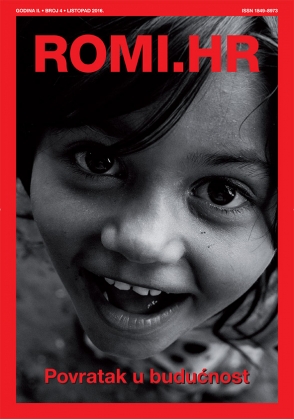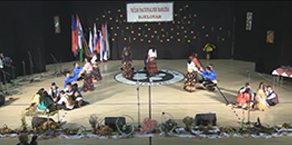Fokus ROMI.HR
/Otkrivanje podrijetla romskog jezika nije samo jezična potraga, već i ključ za razumijevanje povijesti i migracija romskog naroda. Poput praćenja obiteljskog stabla, rekonstrukcija prajezika otkriva duboke kulturne i povijesne veze, pruža uvid u drevna društva i korijene modernog govora.
Anna Krainova, Ema Bakunić
Utvrđivanje podrijetla jezika važno je ne samo s lingvističke točke gledišta, već nam omogućuje bolje razumijevanje povijesti njegovih govornika. Jezična rekonstrukcija također pruža uvid u drevne kulture, društva, migracije, religije i vjerovanja. Kao što je za čovjeka važno znati svoju prošlost, također je važno znati prošlost svog jezika i njegov položaj među drugim jezicima.
Postoje jezici koji potječu iz jednog izvora – nekog jezika koji je nekad postojao. Odvojeni dijalekti tog jezika su postali izolirani jedan od drugog zbog povijesnih okolnosti (najčešće zbog migracije jezika), ali u njihovim strukturama su se zadržale zajedničke odlike koje su bile naslijeđene iz njihovog zajedničkog izvora. Naprimjer, talijanski, francuski, španjolski i neki drugi jezici poteću iz latinskog, pa smo ih ujedinili u grupu romanskih jezika.
Što se tiče romskog jezika, njegovo porijeklo je bilo nepoznato dugo vremena. Najveća poteškoća s utvrđivanjem točnijih povijesnih veza je odsutnost srednjovjekovnih pismenih tekstova (posebno tekstova iz vremena kad su Romi napustili svoju povijesnu domovinu). Najraniji tekst na romskom koji je poznat datira iz 16. stoljeća. Andrew Borde je preveo više rečenica s romskog u svojoj knjizi “Fyrst Boke of the Introduction of Knowledge” (1542).
“The Rotwelsche Grammatik”, još jedan važni dokument koji je bio napisan 1727. godine na dijalektu romskog jezika koje govore Sint. Ovaj dokument sadrži romski rječnik i „Pismo od Roma svojoj ženi“.
Povijesna domovina romskog jezika je bila utvrđena kasno. Lingvisti su počeli usporedivati romski jezik sa starim i suvremenin jezicima tek u 18. stoljeću. Mađarski svećenik Valyi Istvan je smatran prvim čovjekom koji je usporedio romski jezik s indijskim jezicima u 1760-ima. Usporedio je jezik Roma iz Mađarske s jezikom studenata iz Malabarske obale u Indiji. Nekoliko godina kasnije, naporima lingvista Johanna Rudigera i Jacoba Brianta, romski jezik je priznat kao indoarijski. Prvu detaljnu analizu odnosa između romskog i indijskih jezika objavio je njemački lingvist August Pott 1844. godine.
Prije svega, usporedba je bila ustanovljena na leksičkoj sličnosti, zato se pokazalo da su značajani dijelovi osnovnih riječi u ovim jezicima slični. Velika većina istraživanja temeljila se na sanskrtu (starom indijskom jeziku):
skr. trīṇi – rom. trin “tri”;
skr. drākṣā – rom. drakh “grožđe”;
skr. anguṣṭha – rom. angušt “palac”.
Nakon toga, sličnosti su pronađeni na dubljim razinama jezika. Redovna zvučna promjena u riječima, takozvane glasovne promjene. Naprimer, zubni suglasnici (t, d, n) u poziciji između samoglasnika postaju –l-:
skr. pṛcchati – rom. pučhel “pitati”;
skr. mṛta – rom. mulo “mrtav”.
Govoreći o morfološkim i sintaktičkim strukturama, važno je napomenuti činjenicu da većina modernih jezika ima manje složenu gramatiku u usporedbi s drevnim jezicima. Međutim, romski je zadržao sanskrtski morfološki tip u puno većoj mjeri od novih indijskih jezika, što je važno jer se riječi mogu posuditi, a afiksi (dijelovi riječi) koji mijenjaju riječi gotovo se nikad ne posuđuju. Za ilustraciju, sanskrtske fleksije sadašnjeg vremena - āmi, -asi, -ati; romske fleksije - av, -es, -el.
Mnoge romske riječi također imaju svoje korijene u drevnom indijskom obliku:
rom. the - skr. atha “and”;
rom.dur – skr.dūra “far”.
Ukratko, napori mnogih lingvista omogućili su opisivanje romskog jezika, uspostavljanje njegove veze s drugim jezicima i rekonstrukciju oblika nekih drevnih riječi. Iako je romski jezik pretrpio značajne promjene, on je ipak zadržao osobine indoarijskih jezika.
.jpg)
Galerija slika:
 Povratak na Fokus
Povratak na Fokus


_400_225_80_s_c1.jpg)











